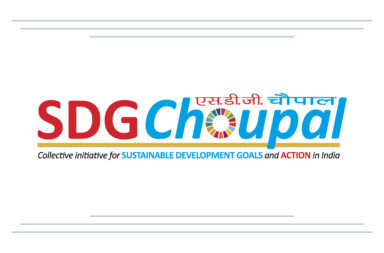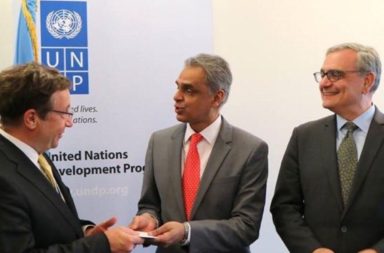The first among the 17 goals for the Sustainable Development is ‘No Poverty’. According to United Nations Development Programme eradicating poverty in all its forms remains one of the greatest challenges facing humanity. If we see in broad perspective, the number of people living in extreme poverty dropped by more than half between 1990 and 2015, too many are still struggling for the most basic human needs.
Till 2015, about 736 million people still lived on less than US$1.90 dollar per day, i.e tentatively Rs. 135 if we talk in Indian context. Many people lacks food, clean drinking water and sanitation. Rapid growth in countries like China and India has lifted millions out of poverty, but progress has not been same. According to one survey, women are more likely to be poor than men because they have less paid work, education and own less property.
Progress has also been limited in other regions, such as South Asia and usb-Saharan Africa, which account for 80 percent of those living in extreme poverty. New threats brought on by climate change, conflict and food insecurity, mean even more work is needed to bring people out of poverty.
Watch the video to understand the latest scenario
Hard to achieve the goal
The aim of this goal is to reduce people living in extreme poverty upto 3% by 2030, but according to experts this is very hard to achieve by watching current scenario. Baseline projects suggest that if we go with this speed, there will be around 6% people of total world population, who will be below extreme poverty line by 2030.
According to SDG fund people, The Sustainable Development Goals (SDGs) are a bold commitment to finish what we started, and end poverty in all forms and dimensions by 2030. In order to achieve the SDGs, we must target those living in vulnerable situations, increasing access to basic resources and services, and support communities affected by conflict and climate-related disasters.





